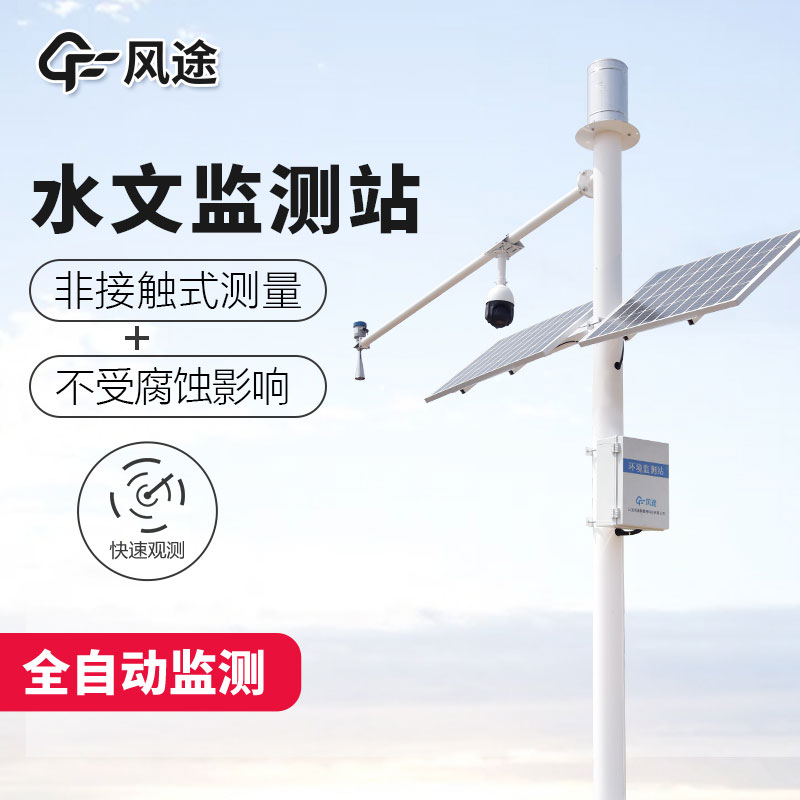Shandong Fengtu IOT Technology Co., Ltd
Sales Manager:Ms. Emily Wang
Cel,Whatsapp,Wechat:+86 15898932201
Email:info@fengtutec.com
Add:No. 155 Optoelectronic Industry Accelerator, Gaoxin District, Weifang, Shandong, China

Sales Manager:Ms. Emily Wang
Cel,Whatsapp,Wechat:+86 15898932201
Email:info@fengtutec.com
Add:No. 155 Optoelectronic Industry Accelerator, Gaoxin District, Weifang, Shandong, China
time:2023-07-19 17:27:48 source:Weather Station viewed:491 time
In this day and age, the importance of water resources cannot be overstated, as it is a basic condition essential to the survival of human beings and living things. Water pollution and continuous consumption of water resources become more and more scarce, which puts forward serious problems and challenges to people's production and life.
In this context, more industries have started to use sensor technology to monitor the state of water quality, in order to quickly reflect the existence of problems, and to do a good job in dealing with the relevant work.
The water plant and aquaculture industry involves different application scenarios and needs, so different kinds of sensors will be used to monitor the water quality, water level, water temperature and oxygen content, so as to ensure the safety of water quality and the growth of healthy organisms. The following are the common sensors used in the water plant and aquaculture industry and their functions are described below.
Sensors in water plants.
(1) Turbidity Sensor: Used to measure the concentration of particulate matter in water such as sand, mud and suspended solids. Turbidity value as a measure of water quality as an important symbol, it can reflect the solid particles in the body of water and the sum of dissolved substances, the transparency of the body of water and the degree of cleanliness has a greater impact.
(2) Residual chlorine sensor: used to detect residual chlorine in water. Water treatment, add the right amount of chlorine can be disinfected and sterilised, but too much will have a negative impact on human health, and the residual chlorine value is to reflect the chlorine content in the water.
(3) Redox Potential Sensor: Used to detect the redox potential (ORP) in water, reflecting the redox properties of water. It helps to judge whether there are soluble organic matter and other substances in the water that have an impact on water quality.
(1) As mentioned above, PH, dissolved oxygen, temperature and water level sensors are also widely used in aquaculture.
(2) Ammonia Nitrogen Sensor: It is used to detect the level of ammonia nitrogen in the water body, which has an important effect on the health and reproduction of the organisms in the water body. Excessive ammonia nitrogen can stimulate the fish body and cause disease.
Water quality sensors play a vital role in the protection and management of water resources. With the development of science and technology, water resources are getting tighter and tighter, and the range of sensor applications will continue to innovate and expand. In the future development process, people can expect to see more advanced water quality sensors can bring people more reliable and accurate information to promote the sustainable development of water resources management.

With the rapid development of science and technology, modern meteorological and environmental monitoring systems, as the core of the operational meteorological monitoring system, are of great significance in enhancing the level of public meteorological services and improving the accuracy of meteorol...
What are the benefits of installing a regional automatic weather station? A regional automatic weather station can realize the functions of collecting, processing and storing weather data, playing an important role in weather analysis and providing a reliable basis for local weather warning. It has...
Duct wind speed is a very important parameter in industrial production and environmental monitoring. Measuring duct air velocity can help engineers and regulatory agencies to accurately understand the operation of pipelines, to ensure the quality and safety of industrial production, or to monitor pr...
This is a full-color screen, highly intelligent negative oxygen ion monitoring station developed by Windway Technology on the basis of the old model, based on previous R&D experience! Interested, you can contact the customer for consultation! Next, let's see what features the device has!FT-F...